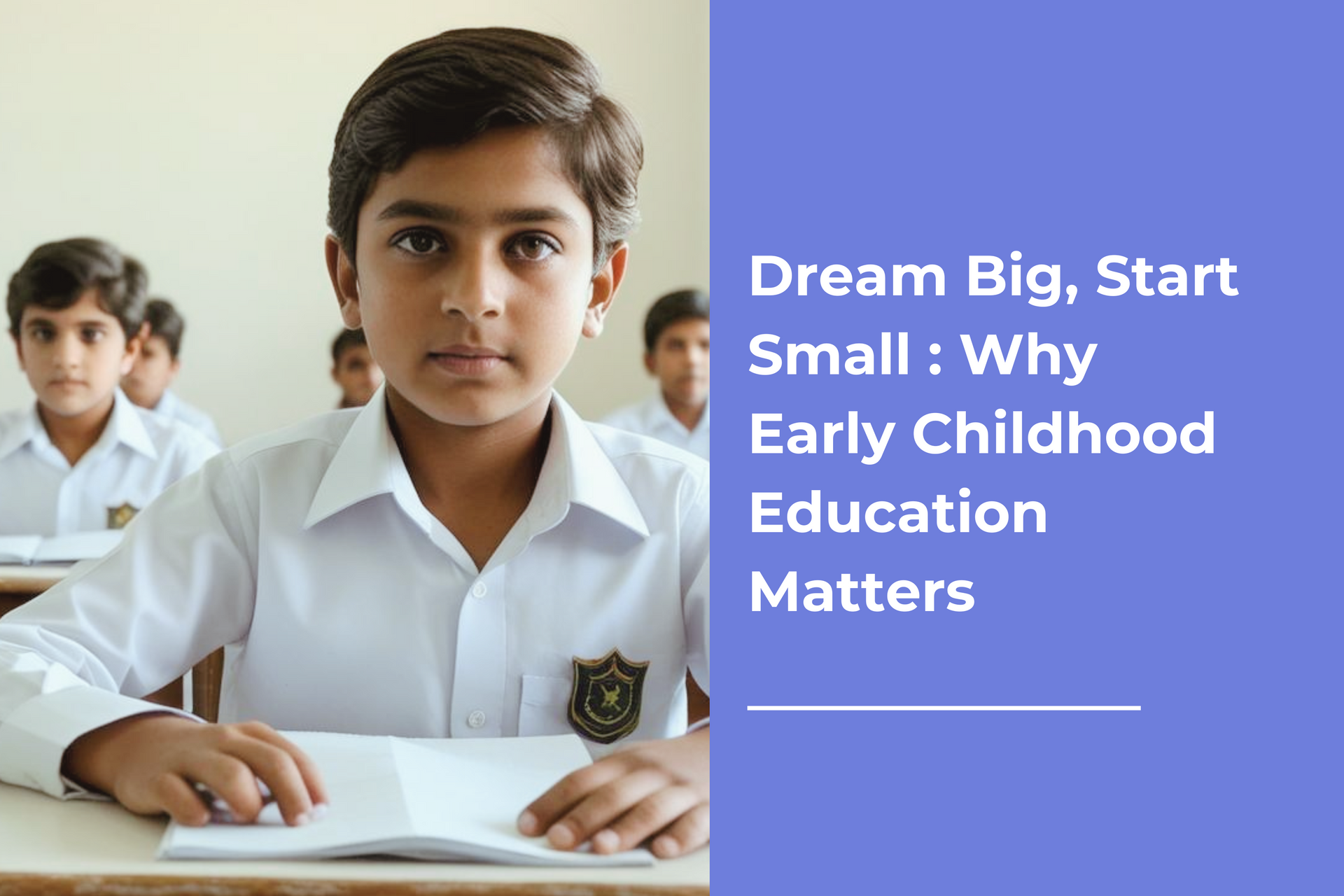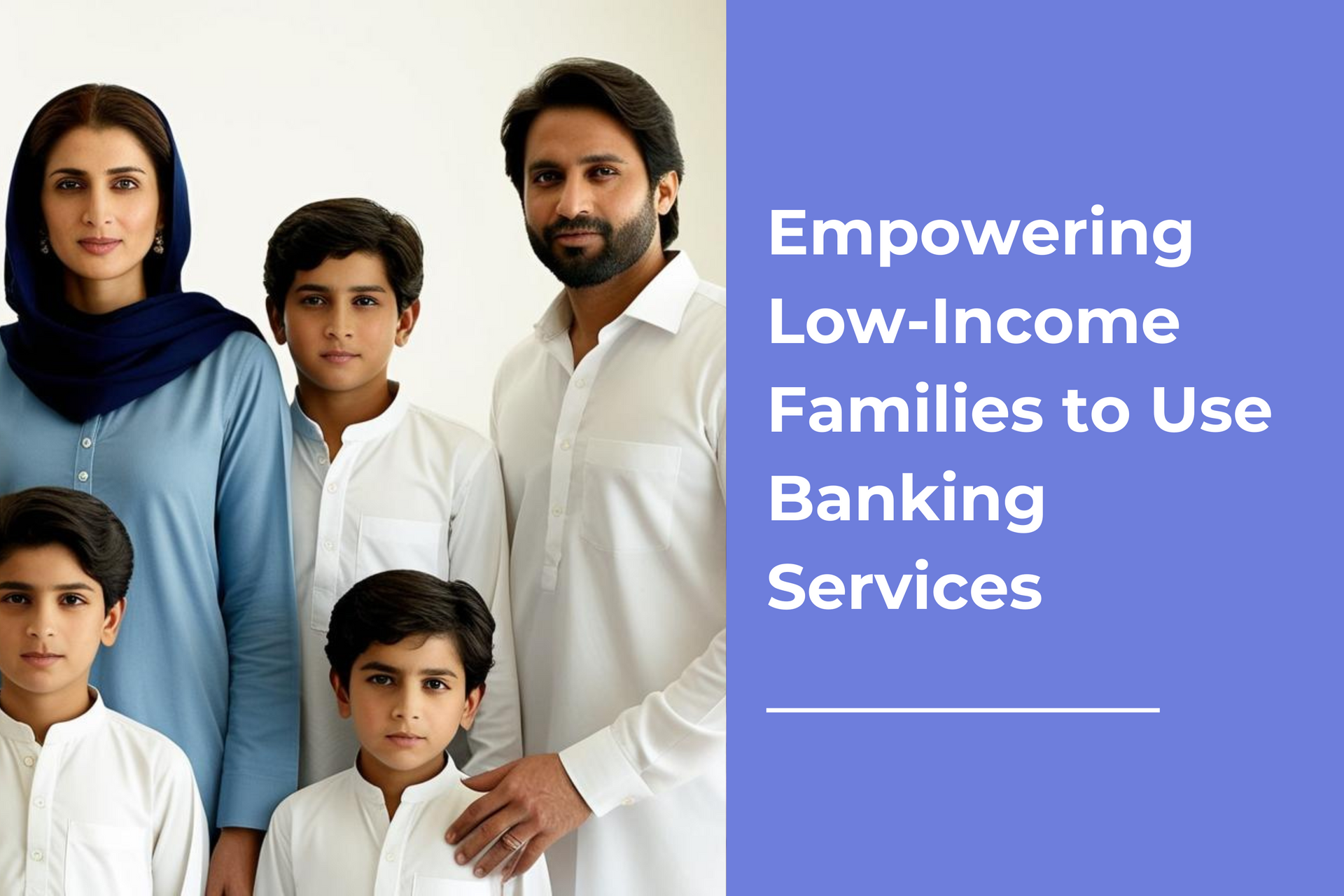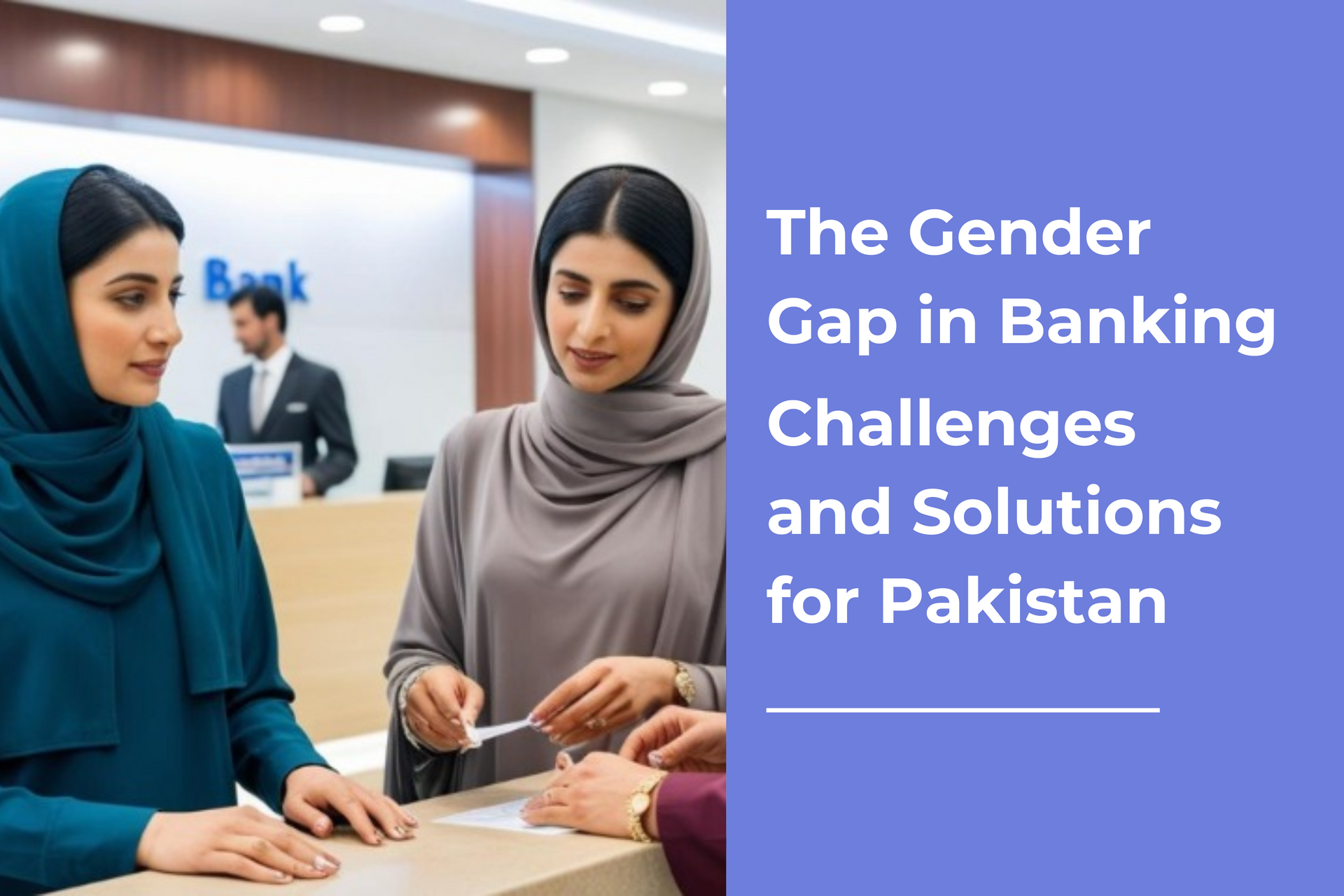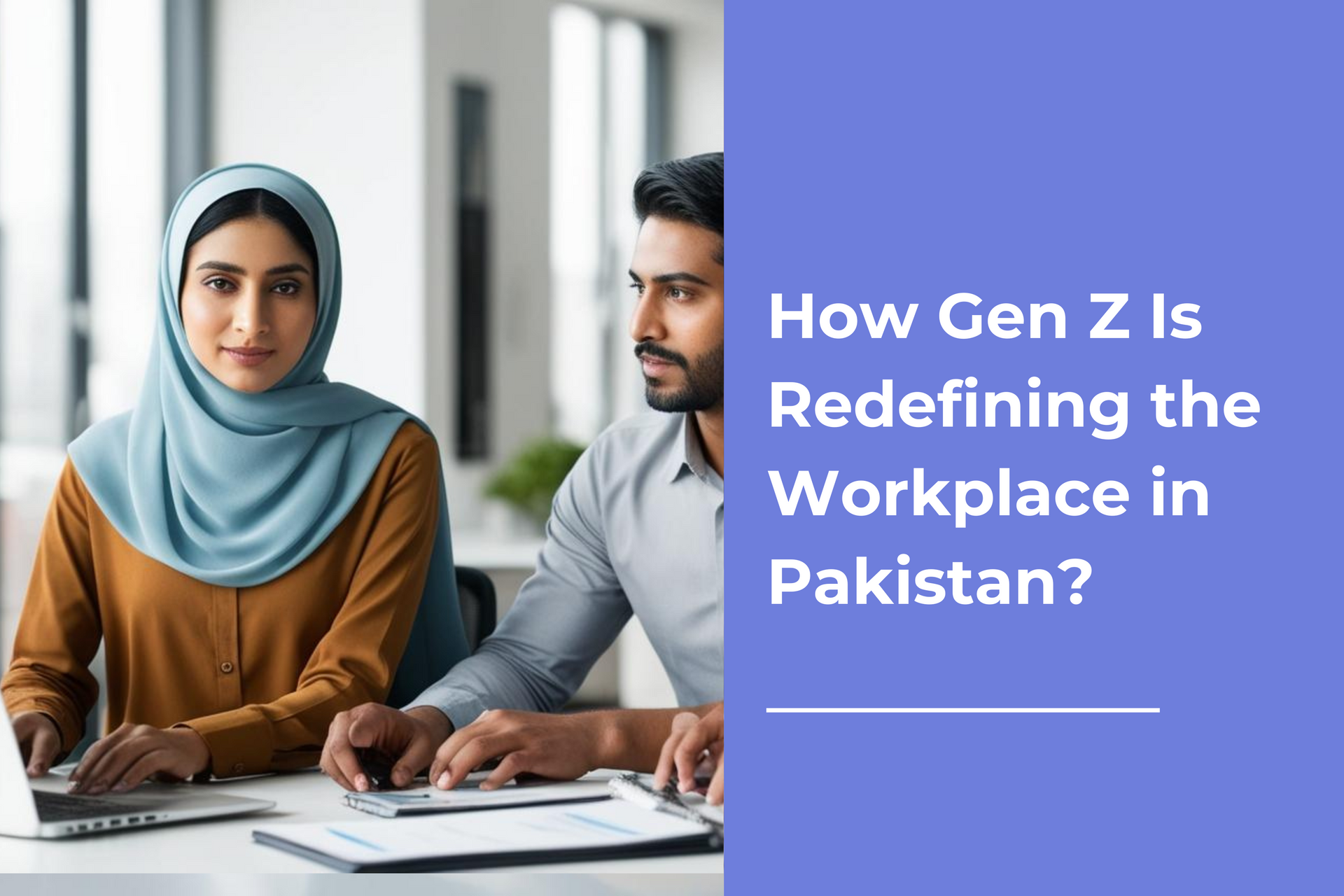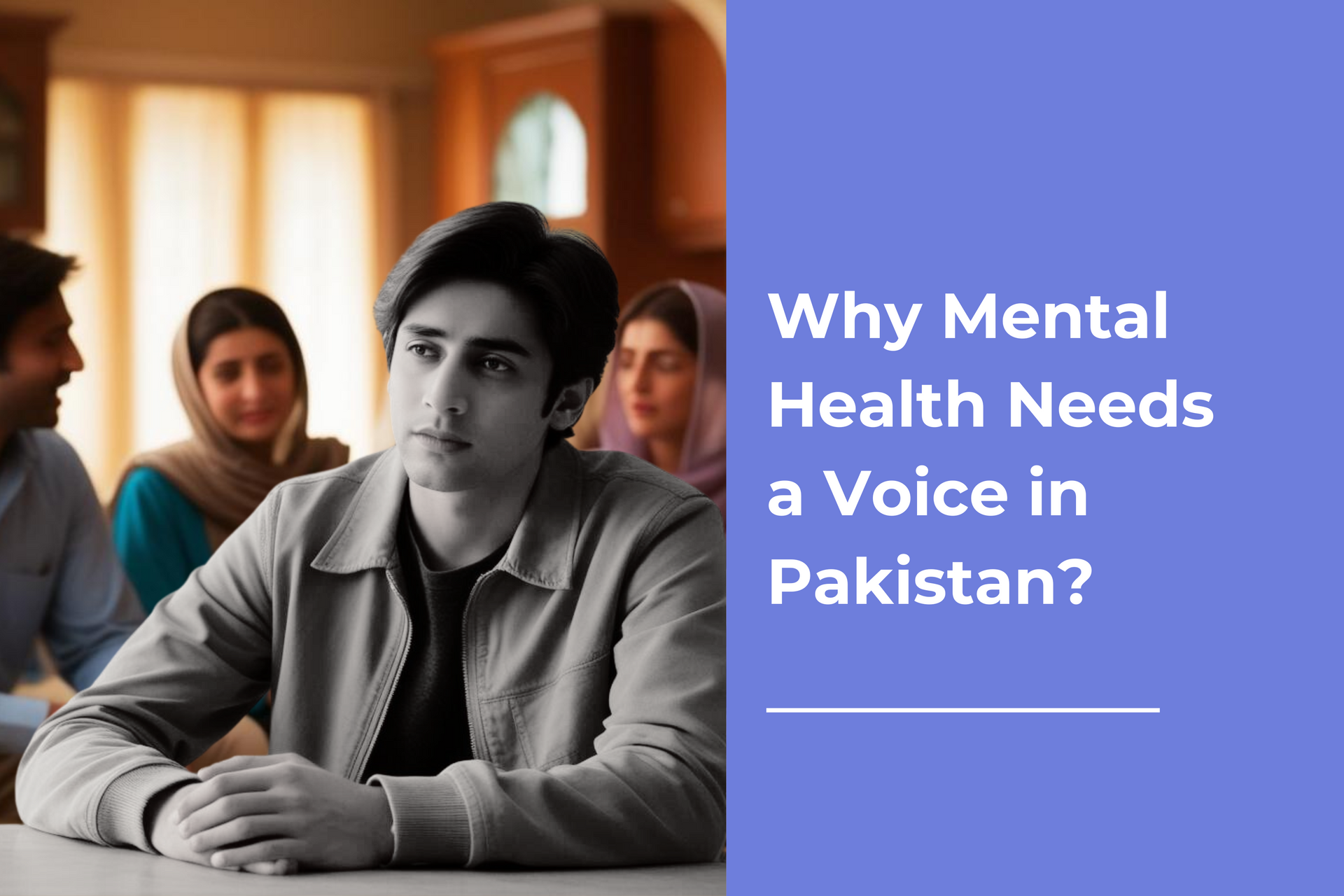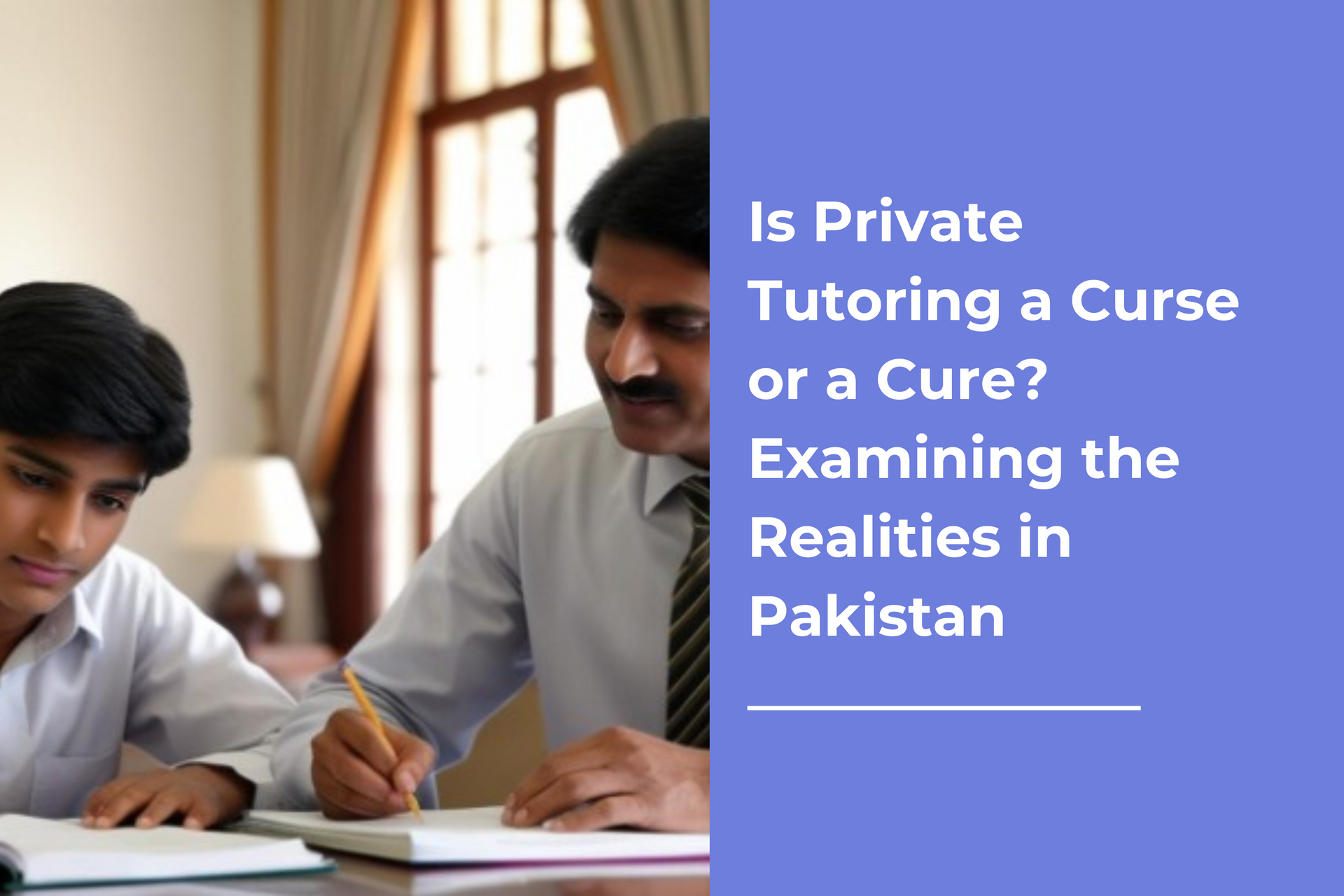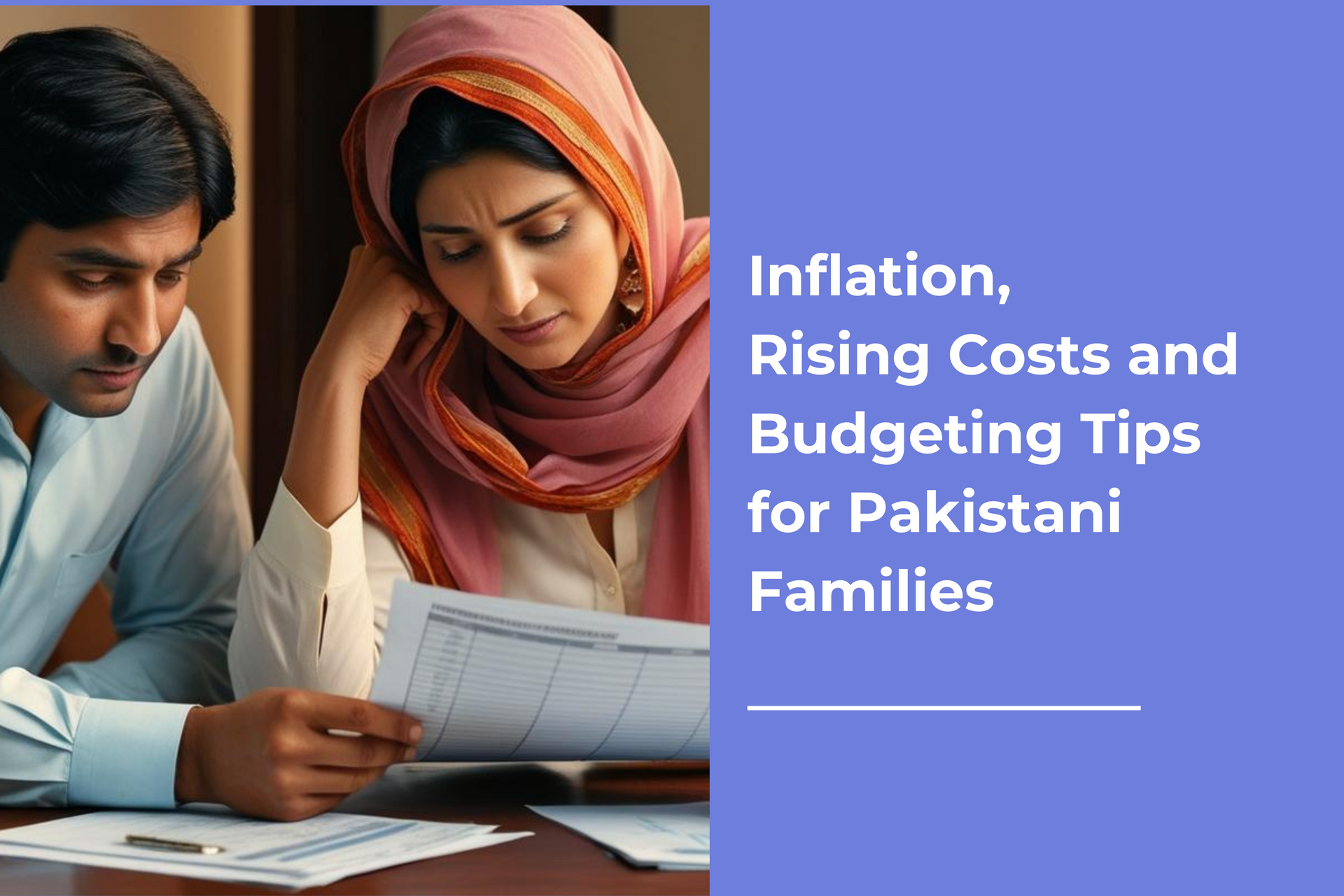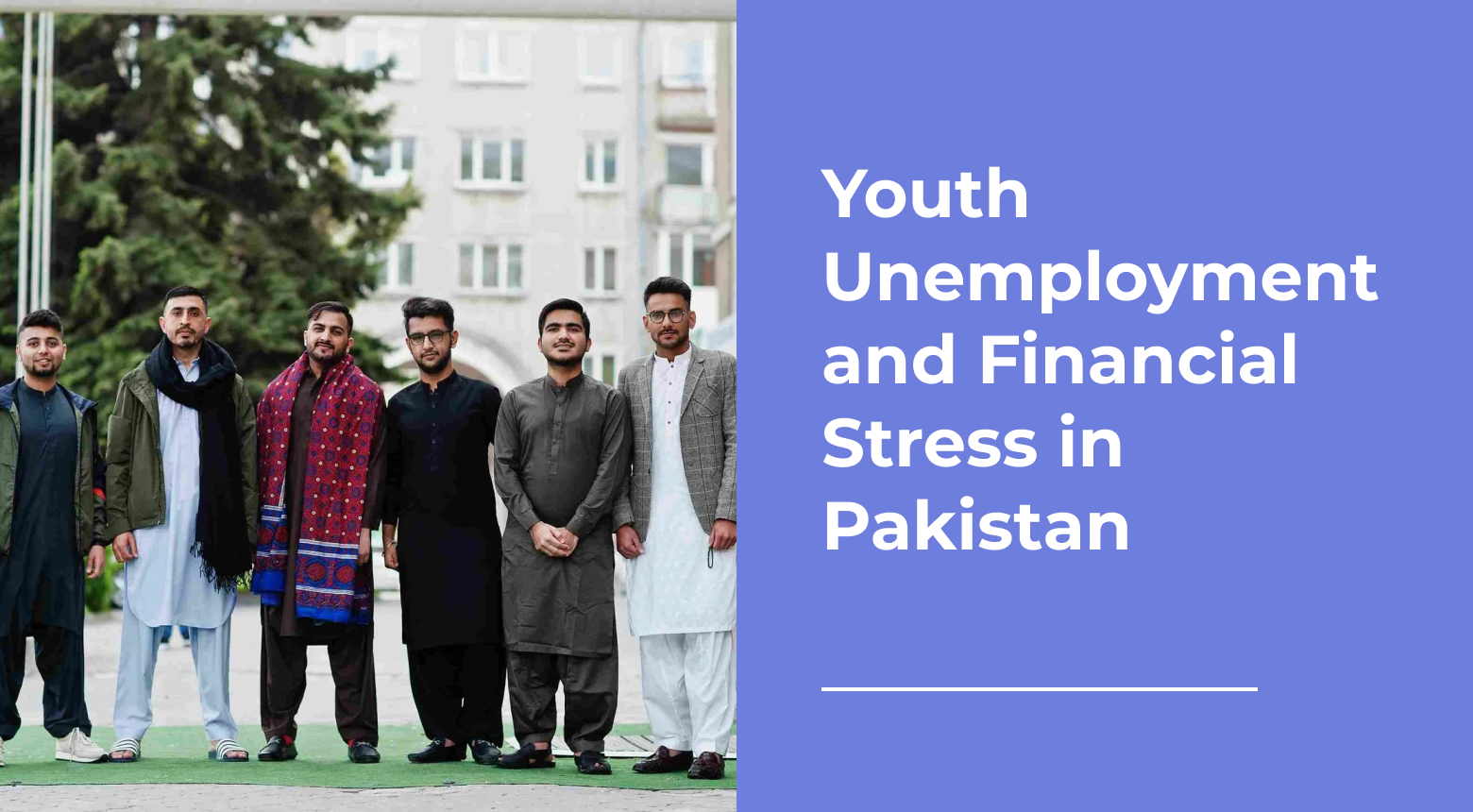
Women’s Rights in Pakistan: A Journey through History, Progress, and Challenges


They are the women who bear the invisible scars of domestic violence—their strength is often hidden behind closed doors, but their resilience is undeniable. The women of Pakistan, some with iron wills and others marked by the bruises of systemic oppression, have been fighting for their human rights for decades. Despite the harsh realities they face, these women continue to push back against the tide of gender discrimination, striving for equality in a world that often seems intent on silencing them.
In Pakistan, the fight for women’s rights is not just a battle for legal reforms; it’s a struggle against centuries of deeply ingrained cultural norms, where violence and inequality have been normalized. But through the stories of those who rise above, we see hope—a hope that legal protections, political engagement, and grassroots activism can create a future where women are no longer defined by the marks they carry, but by their power to shape their own destinies.
This blog explores the evolution of women's movements in Pakistan, the progress made in achieving gender equality, the ongoing challenges faced by women in Pakistan, and the way forward for a more equitable society.
Case Study: From Survivor to Advocate – The Journey of Uzma Bibi
Uzma Bibi, a 32-year-old from rural Punjab, is an example of how resilience and support can transform lives. Married at the age of 16, Uzma endured years of physical and emotional abuse. Like many women in Pakistan, she lacked awareness of her rights and feared societal stigma if she sought help.
Her turning point came when she connected with a local women’s rights NGO, supported by the Aurat Foundation. The organization not only provided Uzma with legal aid to escape her abusive marriage but also enrolled her in vocational training programs.
Today, Uzma runs a small tailoring business, employing other women from her community. Her story doesn’t end there—Uzma actively raises awareness about gender-based violence and women’s empowerment, encouraging others to stand up against injustice.
In an interview, Uzma shared:
The scars I carried were not just physical; they were a reminder of everything I thought I couldn’t achieve. But now, these scars have become symbols of my strength and determination to help others fight for their rights.


Her transformation highlights the critical role of legal protections, community support, and economic empowerment in breaking the cycle of abuse and oppression.
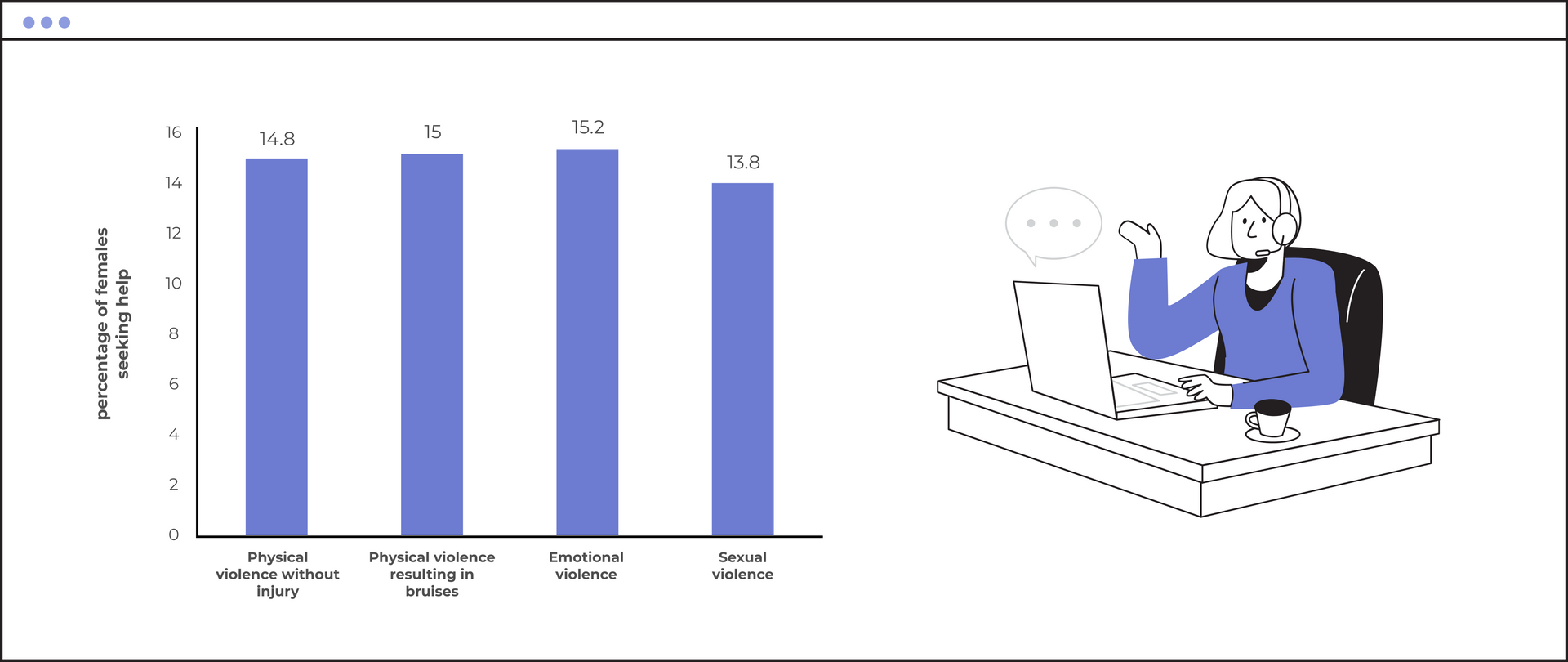
Historical Context of Women’s Rights Movements in Pakistan
Early Struggles for Equality
The fight for women’s rights in Pakistan can be traced back to its very inception. Women’s suffrage was included in electoral laws in 1947, a progressive move for the time. Despite this, voter turnout for women remained low initially, reflecting limited political awareness and societal barriers. Over the decades, participation gradually increased as awareness campaigns and education programs gained momentum.
Key legal reforms like the Muslim Family Laws Ordinance of 1961 were instrumental in addressing issues related to marriage, divorce, and inheritance. Studies show this ordinance significantly reduced instances of arbitrary divorce, empowering women to assert their rights within family structures.
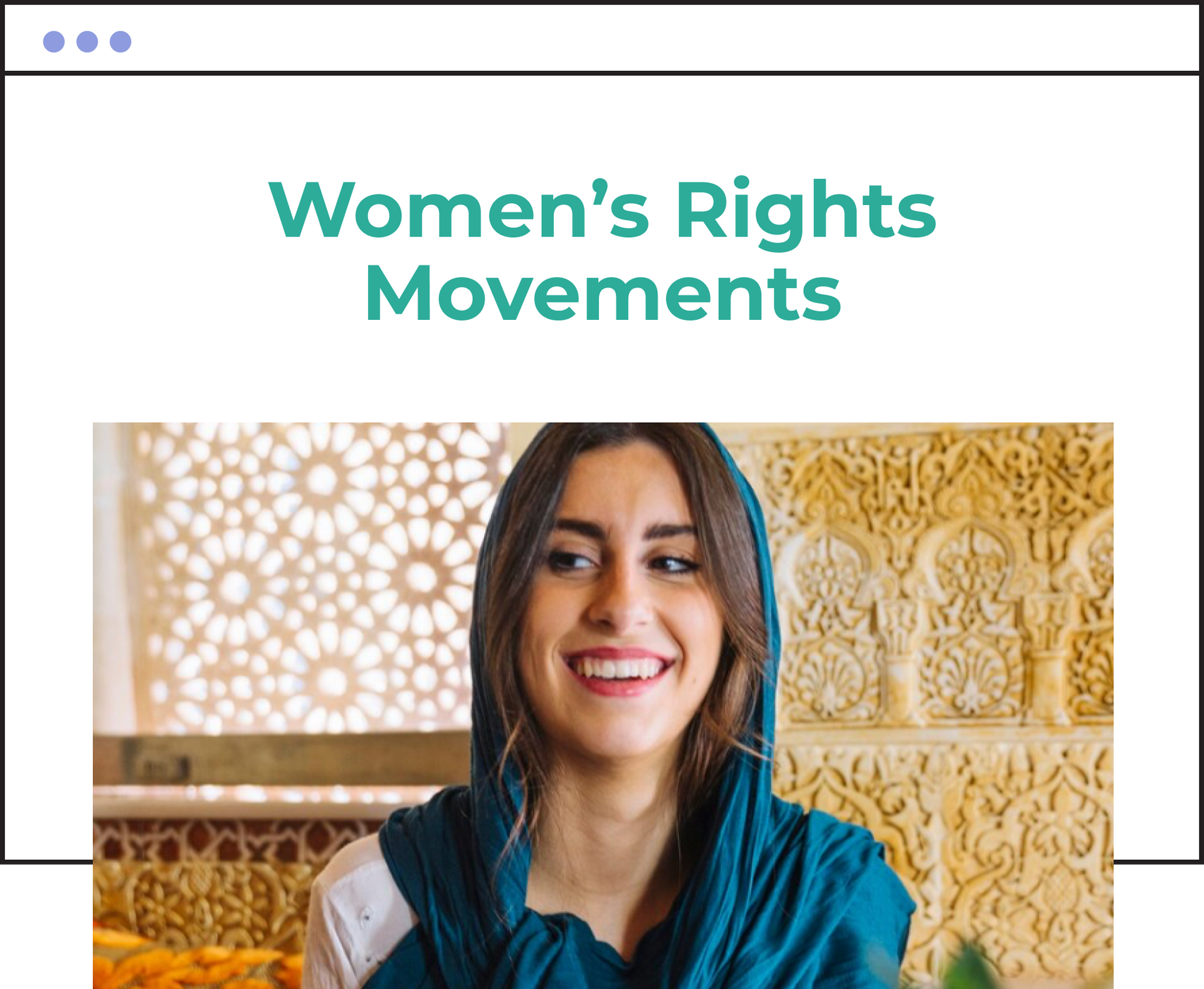
Pioneering Figures in Women’s Rights
Women like Fatima Jinnah championed not only political rights but also emphasized education. In the 1950s, only 5% of women had access to formal education. Influenced by her vision and subsequent government initiatives, this number rose considerably, reflecting the growing importance of female literacy in the national agenda. Organizations like the All Pakistan Women’s Association (APWA), founded by Begum Rana Liaquat Ali Khan, also played a pivotal role in women’s empowerment by providing skills training and education.
The Role of Religion, Tradition, and Cultural Barriers
Educational and Workforce Divide
Colonial legacies and traditional norms contributed to a significant educational divide. By 1947, female literacy rates were just 5% compared to 18% for males, underscoring the longstanding barriers to education. Today, despite improvements, challenges persist, particularly in rural areas where girls are 30–40% less likely to complete secondary education compared to their urban counterparts.
Cultural norms also continue to limit women’s workforce participation.
While labor force participation has increased from 8% in the early post-independence years to 22% today, it remains far below global and regional averages.

Recent Progress in Women’s Rights
Legal Advancements
Significant legal strides have been made in recent years, with reforms such as the Protection Against Harassment of Women at the Workplace Act (2010). Reports show a 30% increase in registered workplace harassment cases between 2018–2022, indicating that women in Pakistan feel more empowered to report injustices. Similarly, the Domestic Violence (Prevention and Protection) Act, implemented in provinces like Sindh and Punjab, offers some protection against domestic abuse, though enforcement challenges remain.
Pakistan’s ratification of international conventions, including CEDAW, reflects its commitment to social justice and gender equality in areas like education and healthcare. However, societal barriers often hinder the effective implementation of these laws.
Educational and Professional Empowerment
Rise in Female Literacy and STEM Participation:
Over the past two decades, women’s progress in higher education has been significant, with nearly 50% female enrollment and 33% of STEM students now being women.
Women in Leadership and Entrepreneurship:
Although women’s representation in corporate leadership is low at 6%, initiatives like the Benazir Income Support Program (BISP) have fostered economic independence among millions of women.
Grassroots Movements and Activism
Aurat March: Modern Feminism in Action
The Aurat March, launched in 2018, has become a powerful voice for feminism in Pakistan. With its focus on issues such as gender-based violence and reproductive health, it has mobilized women from all walks of life, driving public discourse on women’s issues.
The Role of NGOs
Organizations like the Aurat Foundation and Shirkat Gah have championed women's empowerment, addressing challenges such as domestic violence and maternal health. These NGOs play a crucial role in building sustainable, community-based solutions.
Challenges Faced by Women Today
Despite notable milestones, challenges persist:
Gender-Based Violence:
According to the HRCP, 28% of women experience domestic violence, with many cases going unreported.
Economic Disparity:
Women earn 34% less than men, and their workforce participation lags behind South Asia.
Access to Justice:
Cultural stigma and systemic inefficiencies often prevent women from seeking justice, with conviction rates for domestic violence cases hovering at 25%.

Conclusion
The journey of women’s rights in Pakistan is one of resilience, strength, and gradual progress. Uzma’s story exemplifies the power of community-driven efforts and the importance of economic and social support. While significant milestones have been achieved, the road ahead demands collective action from all sectors of society. By addressing cultural, economic, and legal barriers, Pakistan can ensure a future where women lead with confidence, shaping a society rooted in equality and justice.

Need Help?
🏠︎ Dolmen Executive Towers, Level 7
Clifton Block 4, Karachi, Pakistan
Postal Code 75600
